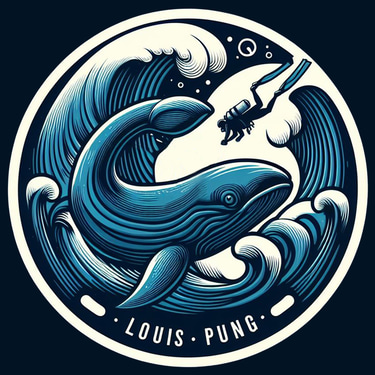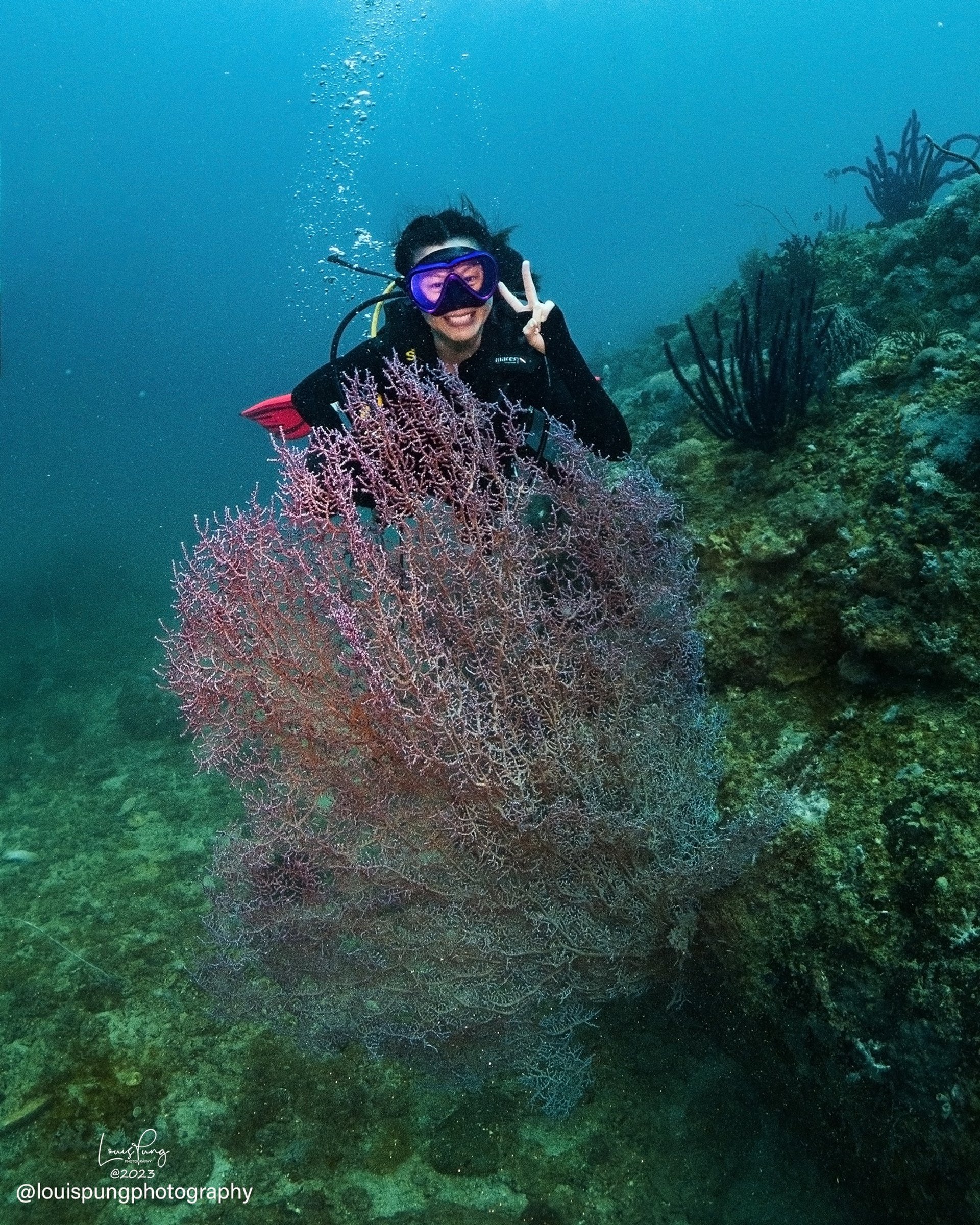

Buoyancy Control in Diving: Mastering Underwater Stability 🌊
Buoyancy control is an essential skill in diving, directly affecting the diver's safety, comfort, and efficiency underwater 🤿✨. Good buoyancy control helps maintain ideal depth and posture, reduces gas consumption, minimizes environmental impact, and promotes sustainable and eco-friendly diving practices 🐠🌏. Here are the key aspects and their importance:
🛠️ Choosing and Adjusting Diving Equipment
The buoyancy characteristics of diving suits change with material, thickness, and depth pressure. For example, a wetsuit compresses at deeper depths, reducing buoyancy ⚙️. Choosing the right material and thickness for the suit, along with a well-functioning buoyancy control device (BCD), allows divers to fine-tune their buoyancy and adapt to environmental changes.
⚖️ Optimizing the Weight System
Adjusting weight is crucial for buoyancy control. The right amount of weight ensures that the diver can descend smoothly and ascend easily when needed. Performing buoyancy checks helps determine the optimal weight, and evenly distributing it enhances underwater stability 🏋️♂️.
🫁 Mastering Breathing
Breathing control is a natural way to adjust buoyancy. A deep inhale causes slight ascension, while exhaling gently causes slight descent. This technique requires practice and can also improve gas efficiency, allowing for longer dive times 🕒✨.
🏊♂️ Underwater Posture and Techniques
Good posture reduces drag and enhances buoyancy control efficiency. Maintaining a streamlined horizontal position 🌀, along with mastering neutral buoyancy techniques (such as floating and hovering), allows divers to navigate complex environments with ease and avoid disturbing coral or stirring up sand 🌺.
🔄 Regular Training and Experience Accumulation
Buoyancy control is a skill that requires ongoing practice and experience 📈. Whether a beginner or an experienced diver, regular training helps maintain proficiency. Repeatedly practicing buoyancy checks and gas adjustments in a pool simulates various situations and improves adaptability to different environments and equipment 🏋️♀️.
🌏 Environmental Protection
Mastering buoyancy control also helps protect the underwater environment. Divers who fail to control their buoyancy may accidentally damage coral or stir up sediment, harming fragile ecosystems. Skilled buoyancy control enables divers to move gracefully through coral reefs 🐚, minimizing their impact on the environment and promoting eco-friendly diving practices 💚.
✨✨✨✨✨
Buoyancy control is an essential skill for every diver's growth 🎓. By adjusting equipment ⚙️, optimizing weight ⚖️, practicing breathing 🫁, and training regularly 🔄, divers can move freely underwater, enjoying safer and more enjoyable dives 🐠🌊. At the same time, they contribute to the preservation of the beauty and diversity of the underwater world 🌏💙. Whether recreational or technical diving, good buoyancy control ensures every dive is smoother, safer, and more memorable 🤿✨.

